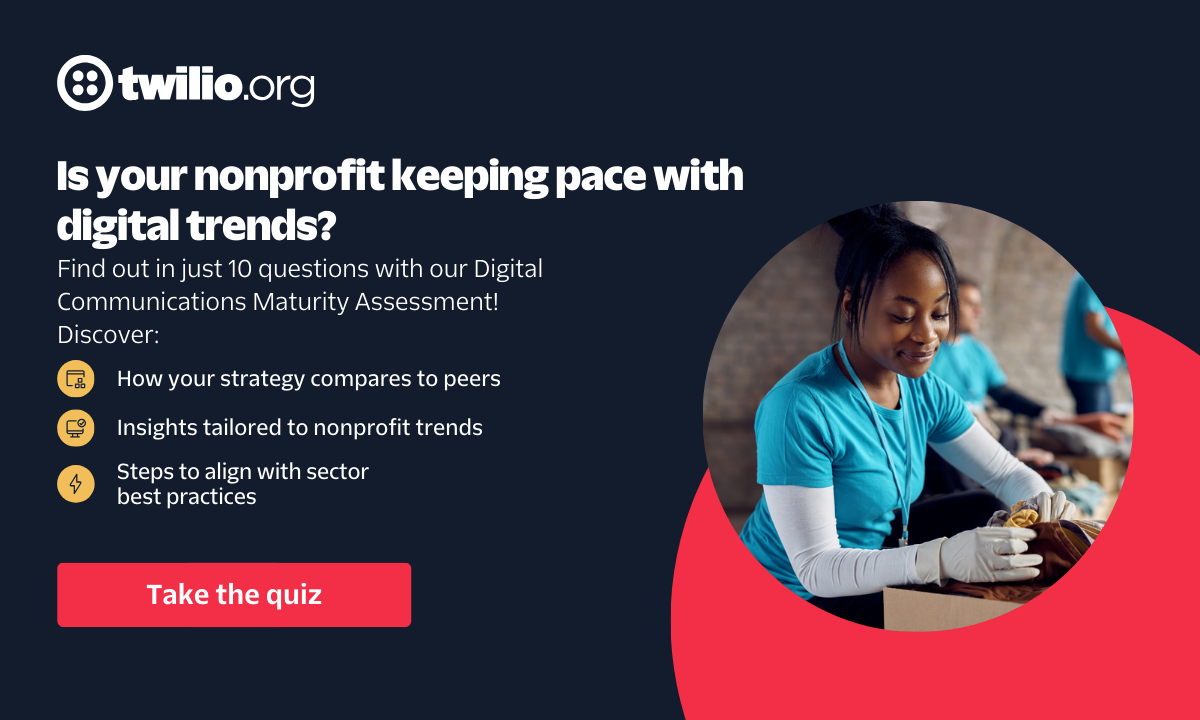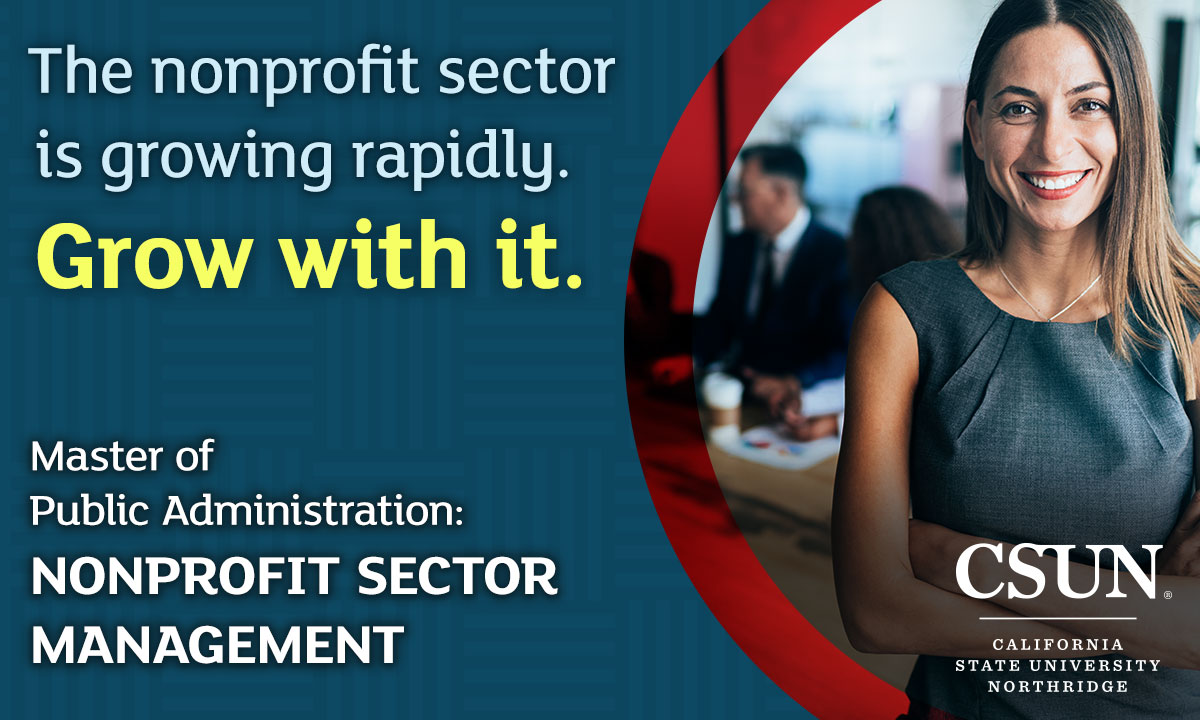Five Social Media Tips for Nonprofits

Not having much success at the social media game, or simply getting a late start? It’s imperative that you get the word out about all the great work you do to as many people as possible, so here are some tips to help nonprofits up their game:
Don’t bite off more than you can chew
Almost as important as getting your message out there is knowing your limitations. If you are small nonprofit and don’t have a staff member dedicated only to social media, you may want to focus on just a few platforms. Facebook and Twitter, along with a blog, are good starting points.
Content matters
The next question then, is what will you be posting? Keep it simple: You are doing great work, so it’s time to let everyone know about it! Share before and after stories to show the impact you’ve been making, and don’t forget the visuals—photos attract eyes. Let the work speak for itself; not every post needs to be a plea for donations. Entertain them and pull at their heartstrings with compelling posts, and potential donors will remember you when the plea does arrive.
In addition to showing off your own efforts, don’t hesitate to share news from other sources that relates to your cause.
A third thing to remember is to always post about any upcoming event you are hosting—your website alone won’t get the attention it deserves.
And perhaps most important, don’t forget to leave thank you messages for your donors and volunteers!
(And don’t forget that headlines are important. It doesn’t matter how compelling your blog is, if your headline isn’t, you’ll lose lots of potential readers.)
Consistency is key
Develop a plan for how often you’ll be posting, and the type of content you wish to publish, and stick to it. Users want to know they can count on your posts, and you could be missing out on thousands of eyeballs by missing a day. Post on weekends too.
Finding balance is key as well—tweeting once a day isn’t going to gain you much traction, but there’s no need to bombard your followers with rapid-fire posts either; four to five tweets spread throughout the day should be a good number. A Facebook post a day or so related to your mission, whether the content is yours or shared from another source, should be sufficient.
Social media is about building relationships. If you maintain a constant presence throughout the year, you just may find that donations are easier to come by, as opposed to if you only post to social media when Giving Tuesday and the holidays roll around.
 Be engaging
Be engaging
The way to build those relationships is to actually engage users. Starting a new program or hosting an event? It’s OK to advertise both on social media, but it’s even better to ask for ideas and advice about them. Ask about current programs and previous events as well? Did they accomplish everything they were supposed to? How can they be improved? Remember, the most important opinion (aside from funders) is that of those your serve. And don’t be afraid to participate in live tweet chats. It’s the best way for your followers to know exactly when you will be online to discuss topics that are important to them.
Sincerest form of flattery
If all else fails, don’t be afraid to imitate another nonprofit that’s a hit on social media. Who are they following, and who are their followers? What type of content are they posting, and how often are they doing it? What time are they posting? Answering these questions and incorporating what they do right into your social media strategy can keep it from looking like a ghost town.




















